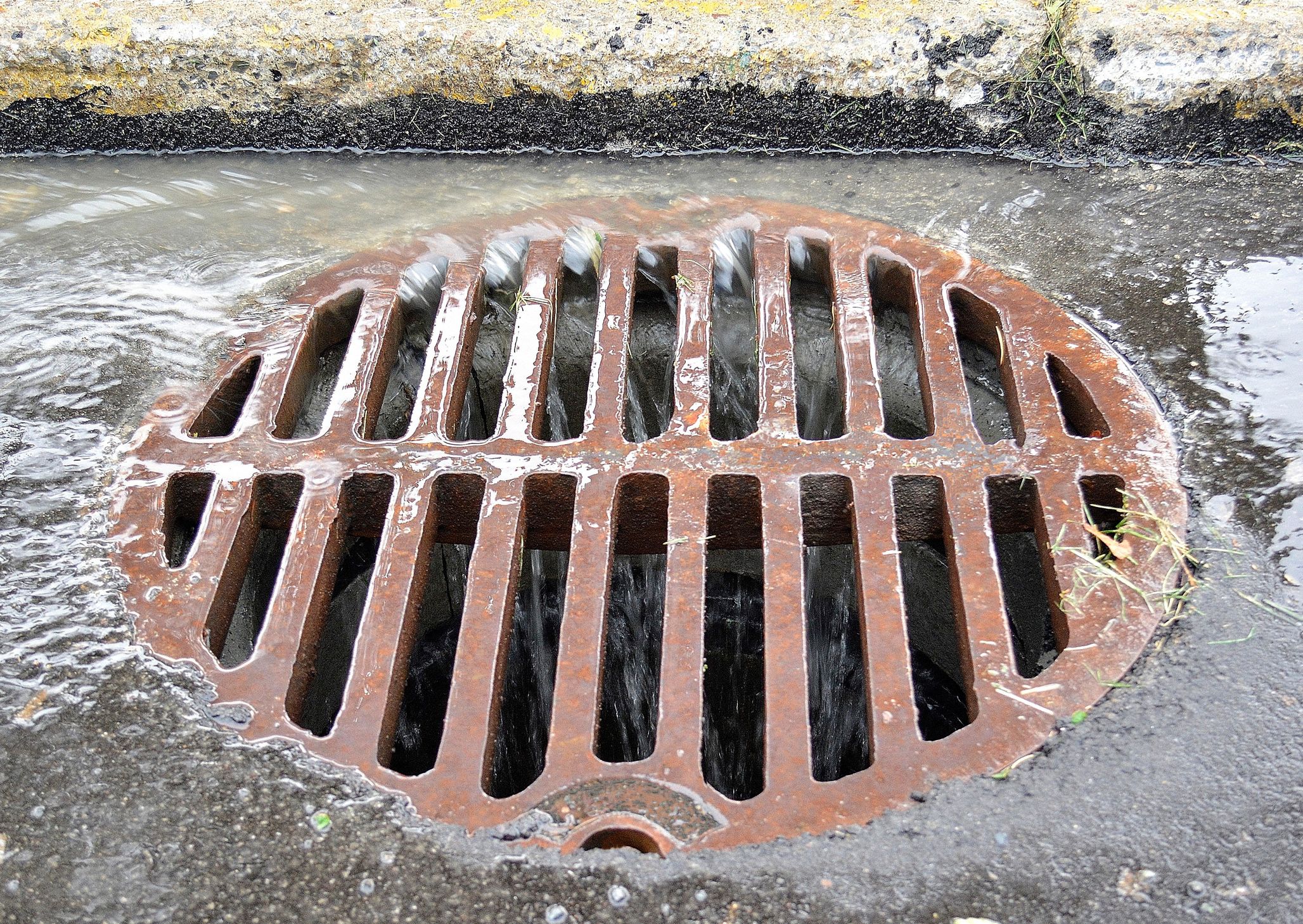A recent study in the Journal of Water Management, investigated best management practices (BMPs) in stormwater management.
The research, Water Quality Performance of In-Series BMPs, examined “the possible flow paths followed by stormwater as it passes from one BMP to another, and evaluate the overall pollutant removal rates by focusing on two main aspects: the impact of serial combinations of BMPs and comparison of the outfall hydrographs.”
Findings suggested an array of outcomes. Notable is that the results suggest that benefits from implementing additional BMPs, without proper consideration for physical processes, can have minimal or even lower performance yields with respect to water quality. “It is important to consider which are the main physical processes in each BMP that contribute to flow and volume reductions and to evaluate if these could influence the performance of other BMPs downstream,” the researchers concluded.
Another notable finding is the impact of flow path on pollutant discharge. “Runoff can potentially pick up more pollutants when flowing from one subcatchment to another on the surface if it does not directly enter the pipe network,” the authors found.
Sound data proved a problem. Highly specific site data is important to properly vet BMPs. This led to the researchers to conclude that everyday practices in hydrology required more developed tools, such as Storm Water Management Models (SWWM). A key component of the research conducted by the authors was investigating the data gathered from a Montréal case studuy that made use of “PCSWMM software to analyse the implementation of green roofs, rain gardens, pervious pavement and vegetative swales.”
The entirety of the research can be found online.












